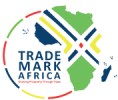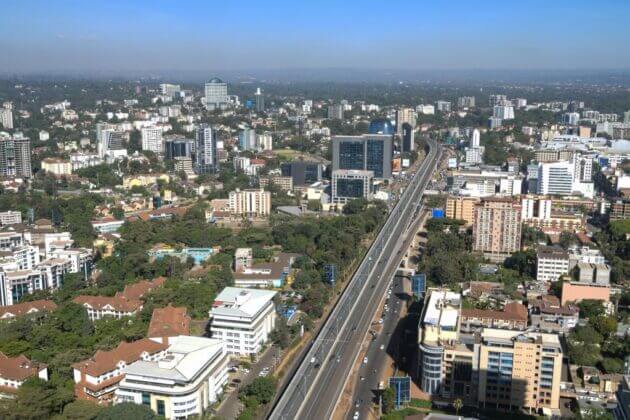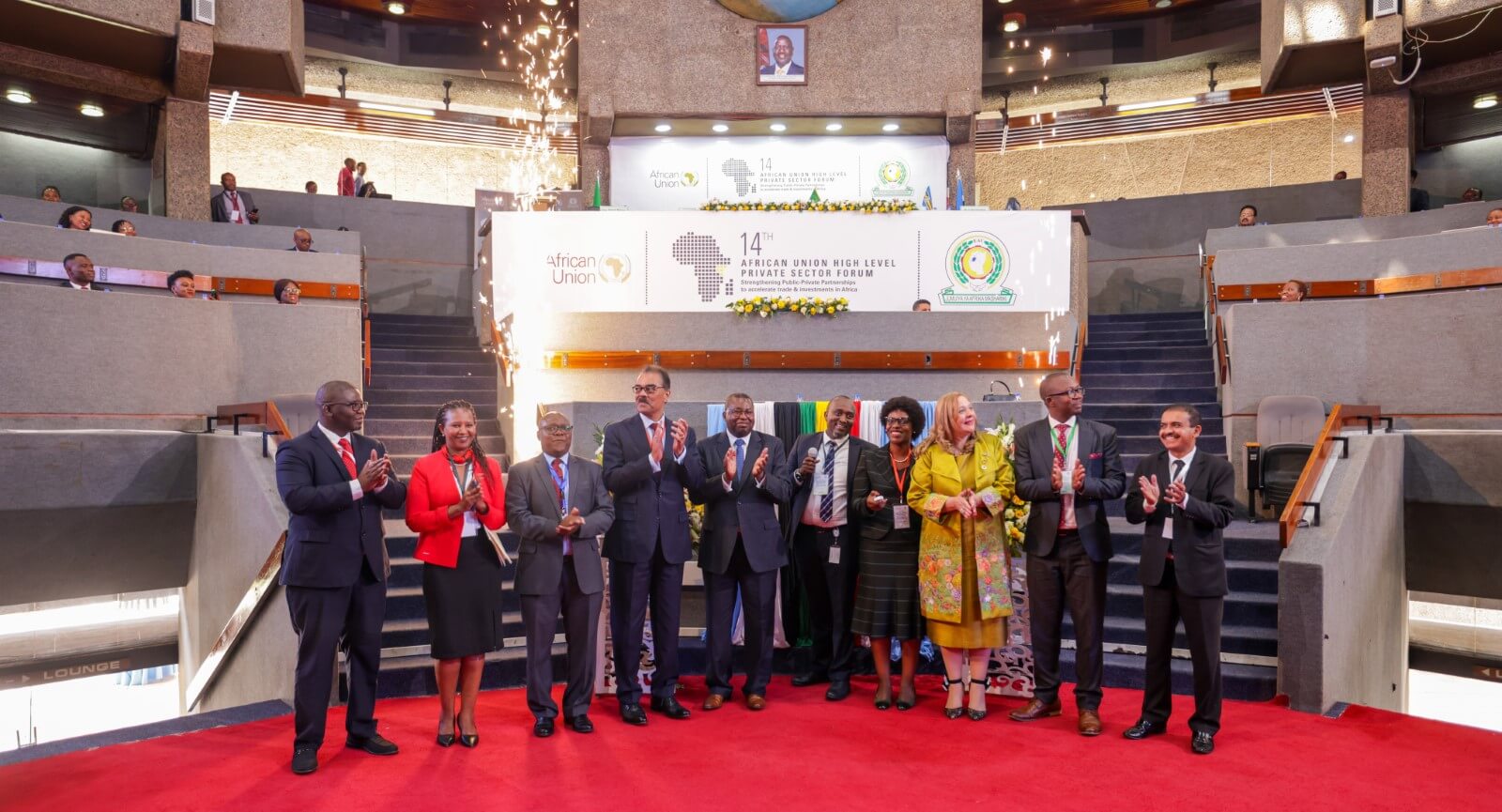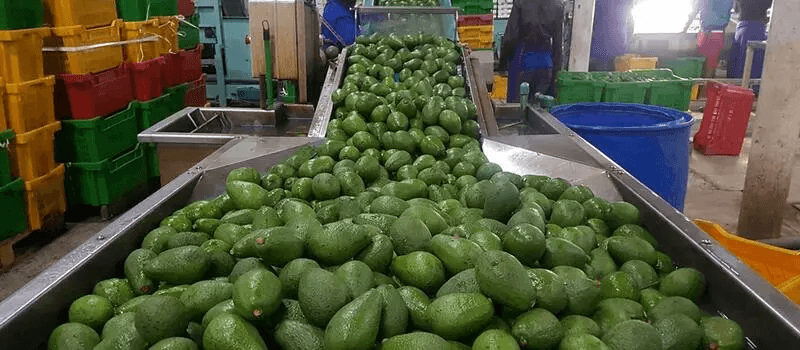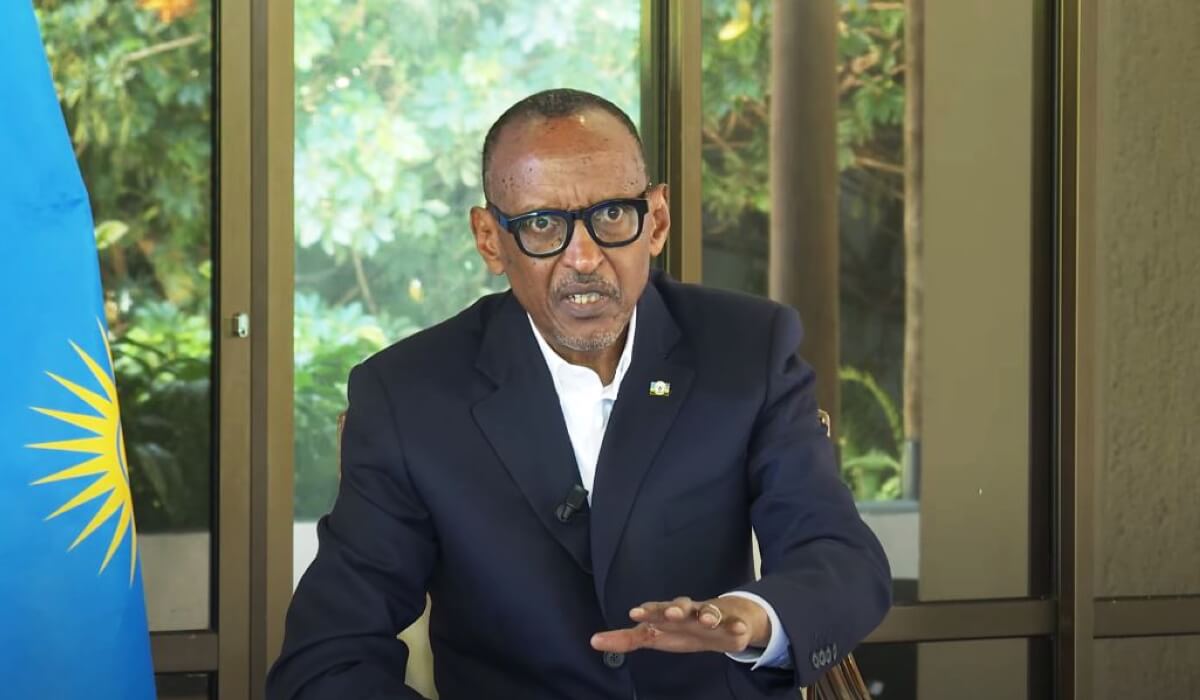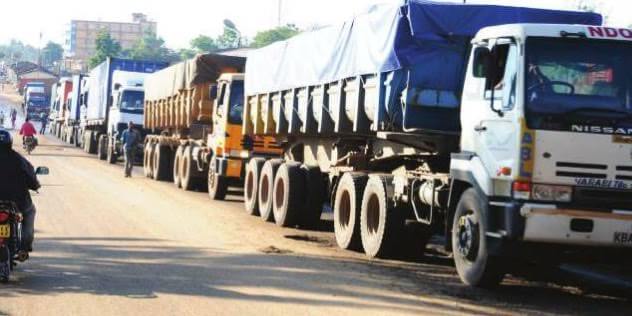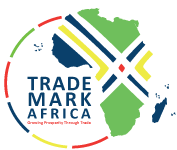The Council of Ministers of the Economic Community of West African States (ECOWAS) endorsed a regional e-commerce strategy for the organization’s 15 member nations on 7 July. The strategy will boost e-commerce in West Africa through specific measures responding to the needs of ECOWAS, identified by UNCTAD’s recent eTrade readiness assessment for the region. “The newly endorsed strategy is the beginning of a transformative journey, aimed at bridging the regional digital divide and boosting e-commerce development,” said Shamika N. Sirimanne, director of technology and logistics at UNCTAD. “It is a milestone that UNCTAD is proud to have supported, in the framework of our longstanding partnership with ECOWAS,” Ms. Sirimanne added. Multistakeholder process Developed through a multistakeholder and participatory process, the strategy aims at accelerating structural change and development, and fostering regional integration through economic diversification and job creation. “ECOWAS is committed to increasing the adoption and use of e-commerce to promote the implementation of the ECOWAS Vision 2050 for an inclusive and sustainable development for the region,” said Massandjé Toure-Litse, commissioner for economic affairs and agriculture at the ECOWAS Commission. “The e-commerce strategy will support the digital-driven structural transformation of the economies of Member States, and deepen regional trade integration,” the commissioner added. Boosting economic resilience ECOWAS member nations are Benin, Burkina Faso, Cabo Verde, Côte d’Ivoire, Ghana, Guinea, Guinea Bissau, Liberia, Mali, Niger, Nigeria, Senegal, Sierra Leone, The Gambia and Togo. Among them, 11 are least developed countries that are generally more vulnerable to external shocks. The new strategy seeks to mitigate such...
New strategy set to boost e-commerce in West Africa
Posted on: July 13, 2023
Posted on: July 13, 2023
